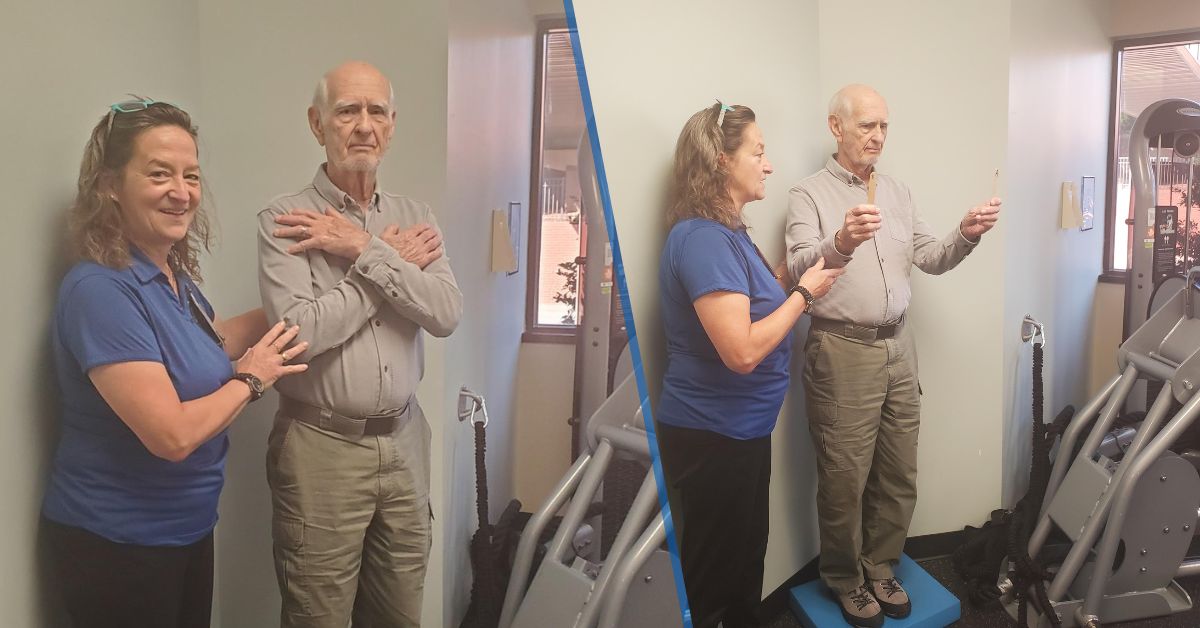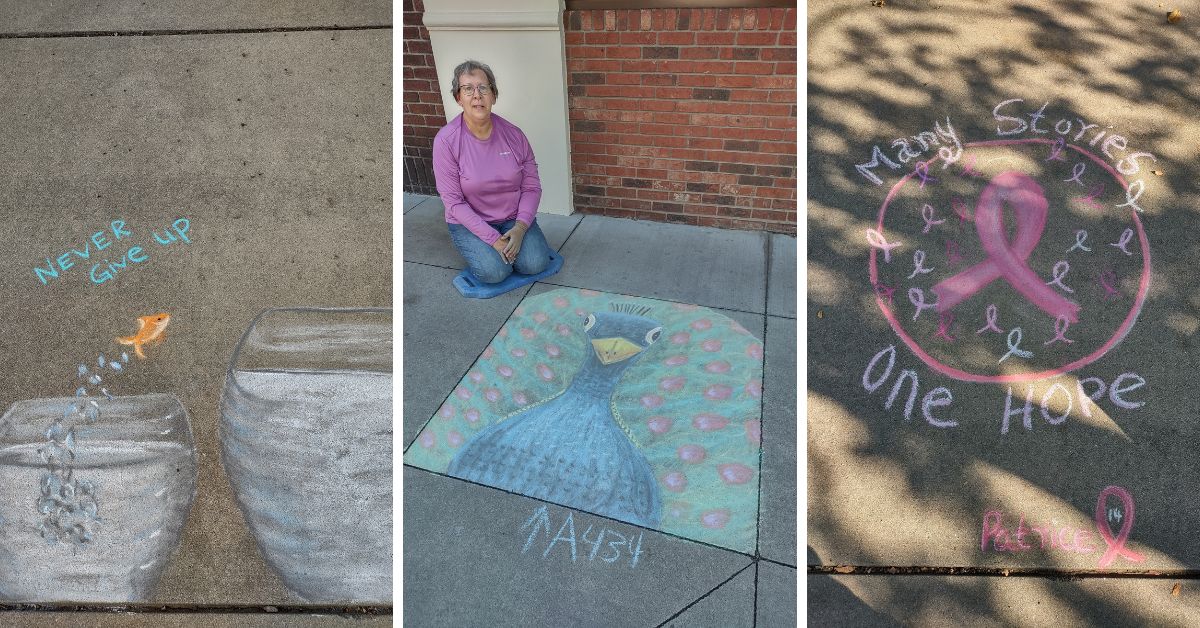One problem experts say that every man will struggle with if they live long enough is an enlarged prostate. Also known as benign prostate hyperplasia, or BPH, this condition can create some very uncomfortable urinary symptoms. It is something that significantly impact quality of life for men like Matt Cione (pictured above, left).
“I was getting up 3 or 4 times during the night, so I couldn’t drink a lot before bed,” recalls the 63-year-old. “I also couldn’t go out to eat or out for a beer, because you’re constantly going back and forth to the bathroom. You know people will notice you constantly making those trips and wonder, ‘What’s wrong with that guy?’”
An enlarged prostate was blocking the flow of urine out of Matt’s bladder, leading to a constant need to go and putting him at risk for other problems like urinary tract infections, bladder stones, and kidney problems. Medication and surgery are two of the most common treatment options for patients like Matt, but he wasn’t content with either.
“You read so many testimonials from people who did those things and they’re unhappy or having to go back or are taking lots of pills,” he shares. “That’s was one of my biggest concerns – I don’t like taking pills.”
Matt took to the internet to do his own research and discovered a relatively new procedure called Prostatic Artery Embolization (PAE). It’s performed by an interventional radiologist, or a doctor who uses X-rays and other imaging techniques to see inside the body and treat conditions without surgery. During a PAE, tiny particles are injected into the blood vessels that feed the prostate to reduce its blood supply, thus causing it to shrink.
“We can do this as an outpatient procedure. It typically lasts up to two hours and we monitor them for another two hours,” explains James Davidson, MD, the interventional radiologist who performed Matt’s procedure at Bon Secours St. Francis. “From there, the patient goes home with just some mild pain medication, as needed. The recovery is pretty minimal compared to surgery, and most men are able to get some pretty significant relief within weeks.”
In addition to a faster recovery, Dr. Davidson says PAE comes with a lower complication rate and other perks that most men find beneficial.
“We go through an artery, typically in the wrist, so afterwards they may have a wristband that keeps pressure there,” he shares. “However, it comes off before they even go home. Compare that to surgery, which involves having a Foley catheter in the bladder afterwards, and that will typically stay in for a few days.”
Matt says he’s incredibly pleased with the results from this procedure and already recommending it to others.
“It was exactly what I was looking for. I had no complications, and it was only like maybe two weeks before I was up and ready to run, walk and what not – like nothing ever happened. I couldn’t have asked for a better outcome.”
PAE isn’t the only minimally invasive option Bon Secours offers for treating BPH. Urologists also offer a treatment to lift and hold the enlarged prostate tissue, so it no longer blocks the urethra. Similar to PAE, it’s an outpatient procedure that can be performed in a physician’s office or ambulatory surgery center using either local or general anesthesia.
Learn more about the urology services we offer at Bon Secours.





